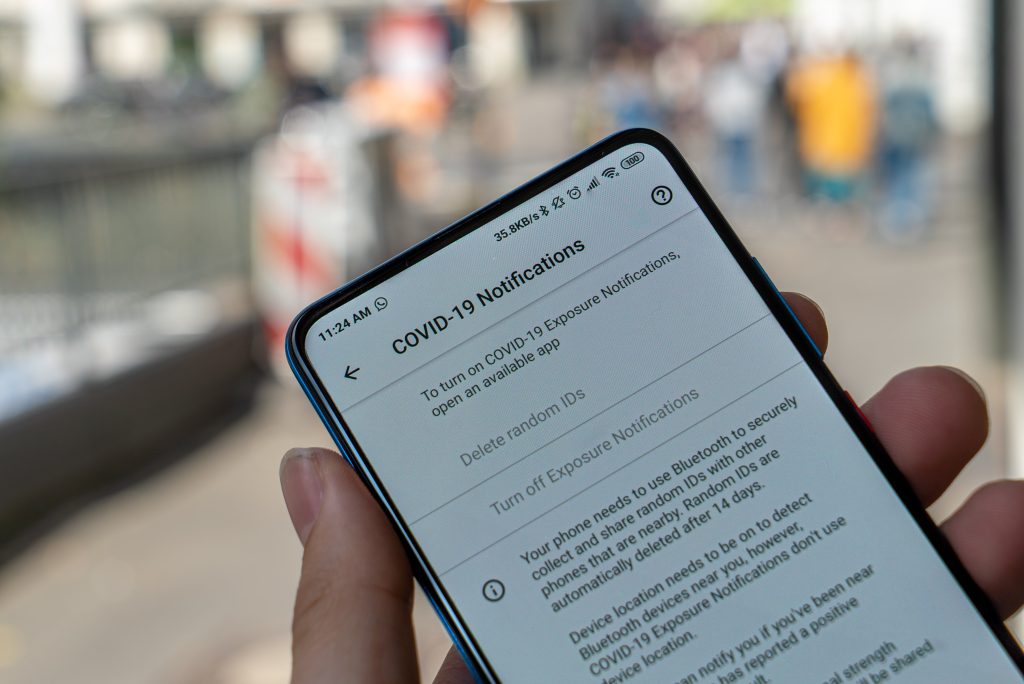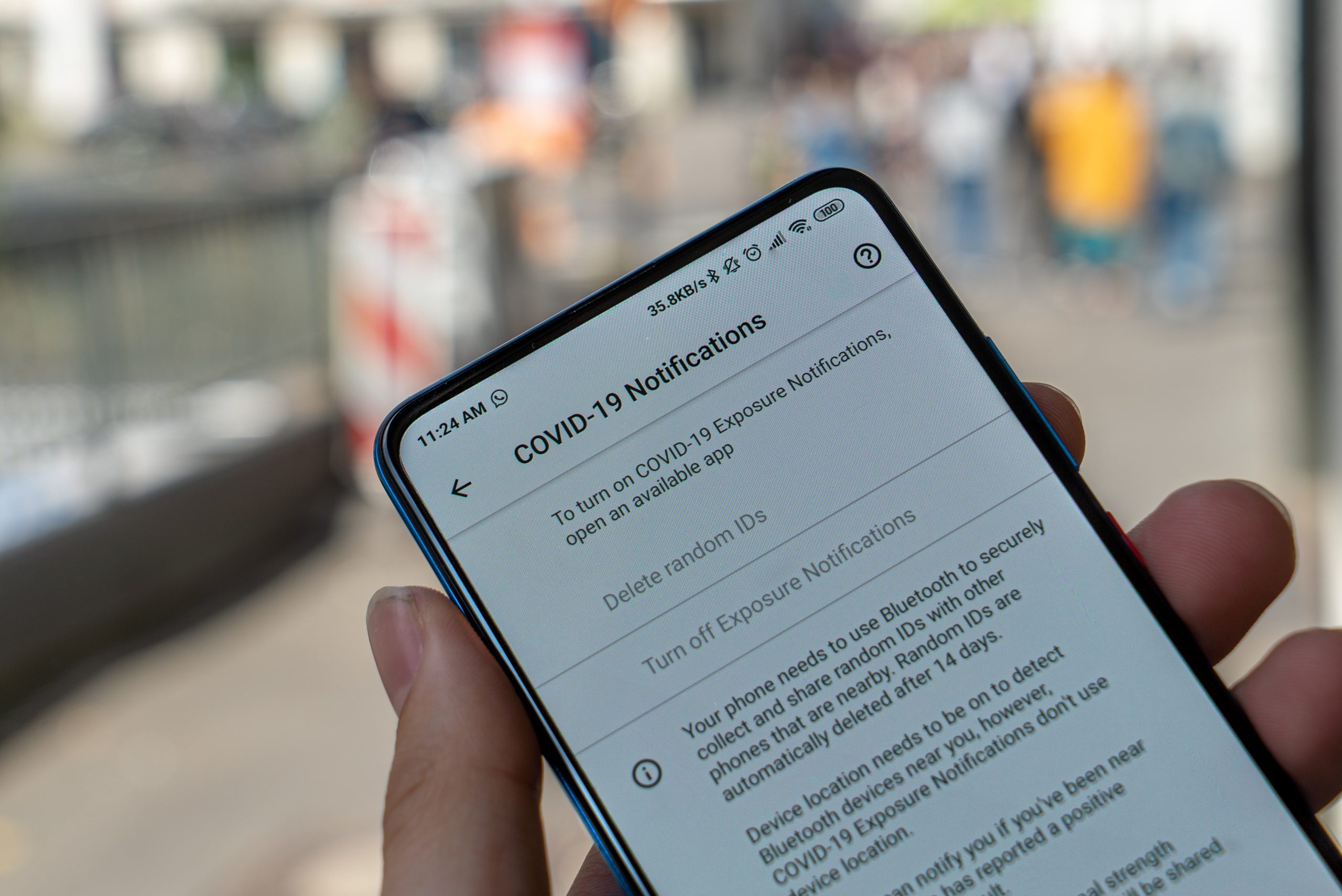Contact tracing has emerged as a crucial tool in managing the spread of infectious diseases, particularly during the COVID-19 pandemic.
By identifying and isolating individuals who have been in close contact with confirmed cases, health authorities can effectively break the chain of transmission. However, the implementation of contact tracing, especially through digital means, raises significant privacy concerns.
This article examines the privacy issues involved in contact tracing, focusing on the European Union’s (EU) General Data Protection Regulation (GDPR) context, and discusses the delicate balance between public health interests and data protection.
Contact Tracing: An Overview

Contact tracing is a public health practice that involves identifying individuals who have been in close contact with infected persons. It typically involves interviews with confirmed cases to determine their recent interactions, followed by communication with identified contacts to provide guidance on isolation and testing.
With the advent of digital technologies, contact tracing has evolved to include the use of mobile applications, Bluetooth, and GPS data. These digital contact tracing methods can enhance the efficiency and accuracy of the process while reducing the reliance on human memory and manual tracing efforts. However, the collection, processing, and storage of personal data, including health and location information, raise significant privacy concerns.
Privacy Concerns in Contact Tracing
The implementation of contact tracing, particularly through digital means, poses several privacy challenges:
- Collection of personal data: contact tracing requires the collection of sensitive personal information, including names, contact details, health status, and location data. The collection and processing of such data can be intrusive and potentially lead to misuse or unauthorized access.
- Data retention and storage: the storage of personal data for contact tracing purposes may extend beyond the period necessary for public health purposes. Prolonged storage increases the risk of unauthorized access or breaches.
- Data sharing: contact tracing often involves sharing personal information between various stakeholders, including health authorities, app developers, and third-party service providers. Data sharing can expose individuals to potential privacy breaches and increase the risk of unauthorized data use.
- Function creep: the risk of using collected data for purposes other than contact tracing, such as law enforcement or commercial exploitation, is a significant privacy concern.
Contact Tracing in the EU
In the EU, the GDPR sets a high standard for the protection of personal data. Under the GDPR, the collection, processing, and storage of personal data must adhere to specific principles, including lawfulness, fairness, transparency, purpose limitation, data minimization, accuracy, storage limitation, integrity, and confidentiality.
In the context of contact tracing, the GDPR permits the processing of personal data for public health purposes under specific conditions. These include:
- Legal basis: public health authorities or app developers must establish a legal basis for processing personal data, such as obtaining explicit consent from users or relying on a legal obligation.
- Data minimisation: only the minimum amount of personal data necessary for contact tracing should be collected and processed.
- Transparency: individuals must be informed about the collection, processing, and storage of their personal data, including the purpose, legal basis, and duration of data retention.
- Security measures: appropriate technical and organizational measures must be in place to ensure the security of personal data.
- Data protection impact assessments (DPIAs): public health authorities and app developers should conduct DPIAs to identify and mitigate privacy risks associated with contact tracing initiatives.
Striking a Balance: Public Health and Data Protection
Balancing the interests of public health and data protection in the context of contact tracing requires a careful approach that addresses privacy concerns without hindering the effectiveness of disease control measures. Several strategies can help achieve this balance:
- Decentralised data storage: adopting a decentralised data storage model, where personal data is stored on users’ devices rather than on centralised servers, can reduce the risk of data breaches and unauthorized access.
- Anonymisation and pseudonymisation: using anonymised or pseudonymised data can help protect individual privacy while still allowing for effective contact tracing. Techniques such as cryptographic hashing or encryption can be employed to ensure that data cannot be easily linked back to individuals.
- Privacy-preserving technologies: employing privacy-enhancing technologies, such as differential privacy or homomorphic encryption, can enable the analysis of aggregated data without revealing personally identifiable information.
- Sunset clauses and data deletion: implementing sunset clauses that mandate the deletion of personal data after a specified period or once contact tracing is no longer necessary can help limit the potential for function creep and misuse of data.
- Public trust and engagement: building public trust through transparent communication and involving stakeholders in the development and implementation of contact tracing initiatives can encourage voluntary participation and foster a sense of collective responsibility towards public health goals.
Conclusion
Contact tracing is a vital public health tool, particularly in the context of infectious disease outbreaks.
However, the privacy implications of contact tracing, especially when using digital technologies, must be carefully considered and addressed.
In countries where GDPR is applicable, a balance between public health interests and data protection can be achieved through adherence to data protection principles, the use of privacy-preserving technologies, and fostering public trust. By striking the right balance, it is possible to harness the potential of contact tracing in controlling disease spread while safeguarding individual privacy.

Hi, I’m Florian, and I’m a writer and web developer for Broadband 4 Europe (I built the website you’re reading this on!).
I have travelled around Europe and further abroad for most of the last decade, which has given me a bit of first-hand experience with broadband providers in different EU countries. If my rental’s Wi-Fi is no good, I always investigate the problem and see what provider is being used.
Since having good internet speeds is essential for my line of work, I’ve done quite a bit of research into how broadband markets function, how to troubleshoot connection issues, and what consumers need to be aware of when choosing an internet service provider.
When I’m not writing or working, you’ll find me playing Chess or Scrabble.


